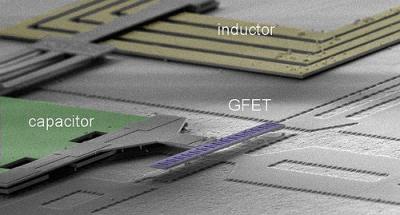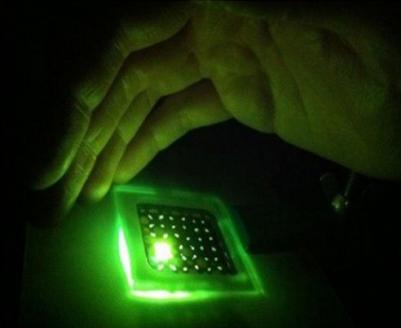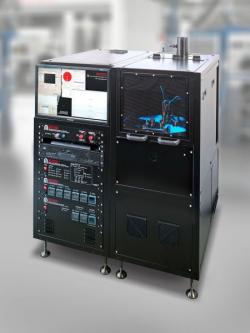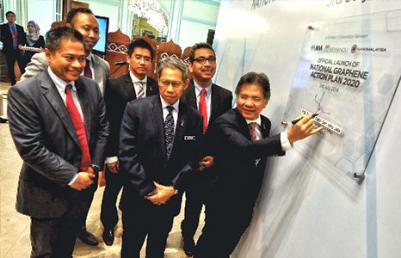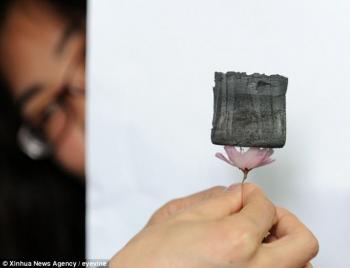Haydale and Swansea University to jointly develop graphene-based inks
 Haydale signed a research and collaboration agreement with the Swansea University’s Welsh Centre for Printing and Coatings (WCPC). Haydale and the WCPC will further refine and develop Haydale's proprietary ink formulations to fully commercialize graphene based inks and coatings.
Haydale signed a research and collaboration agreement with the Swansea University’s Welsh Centre for Printing and Coatings (WCPC). Haydale and the WCPC will further refine and develop Haydale's proprietary ink formulations to fully commercialize graphene based inks and coatings.
The first stage will focus on a number of specifically targeted inks and coatings. Haydale will supply ink formulationas to the WCPC, which will develop and refine them. The collaboration is also looking at the exploitation of functionalised graphene and other carbon nano-materials developed by Haydale in areas such as transparent conductive films, barrier coatings and 3D printing.
